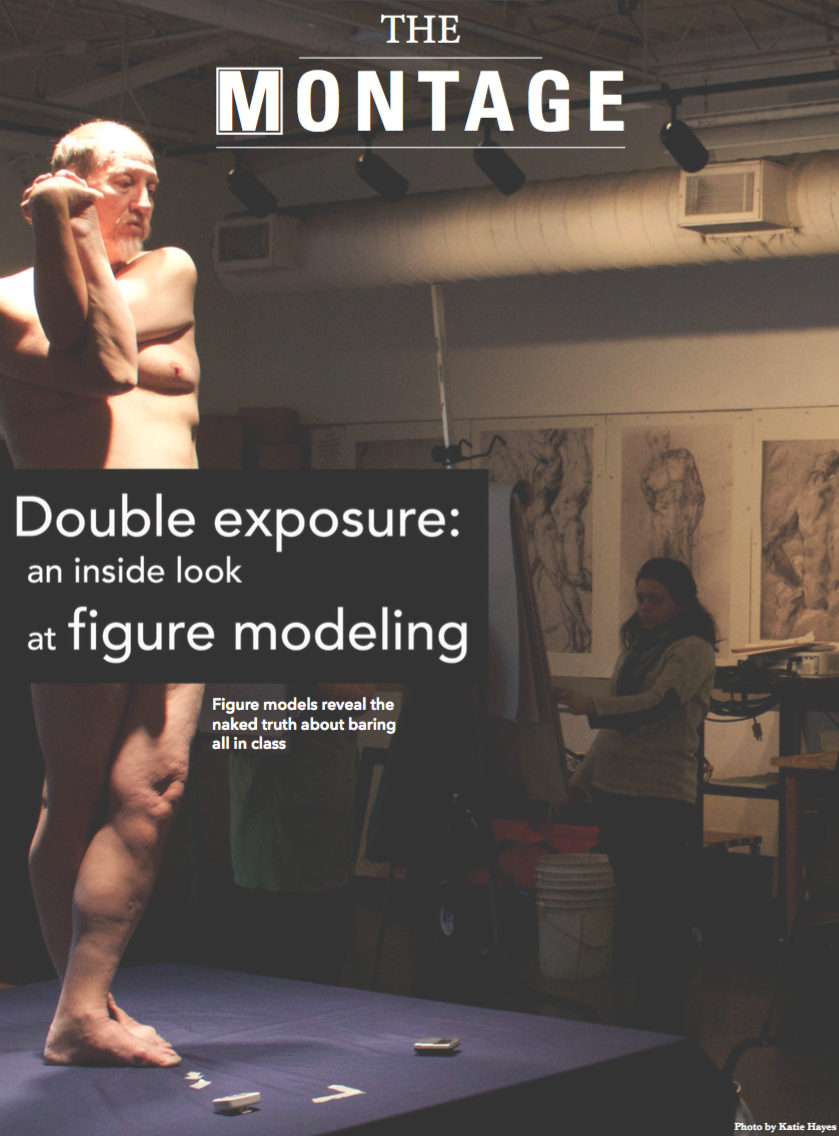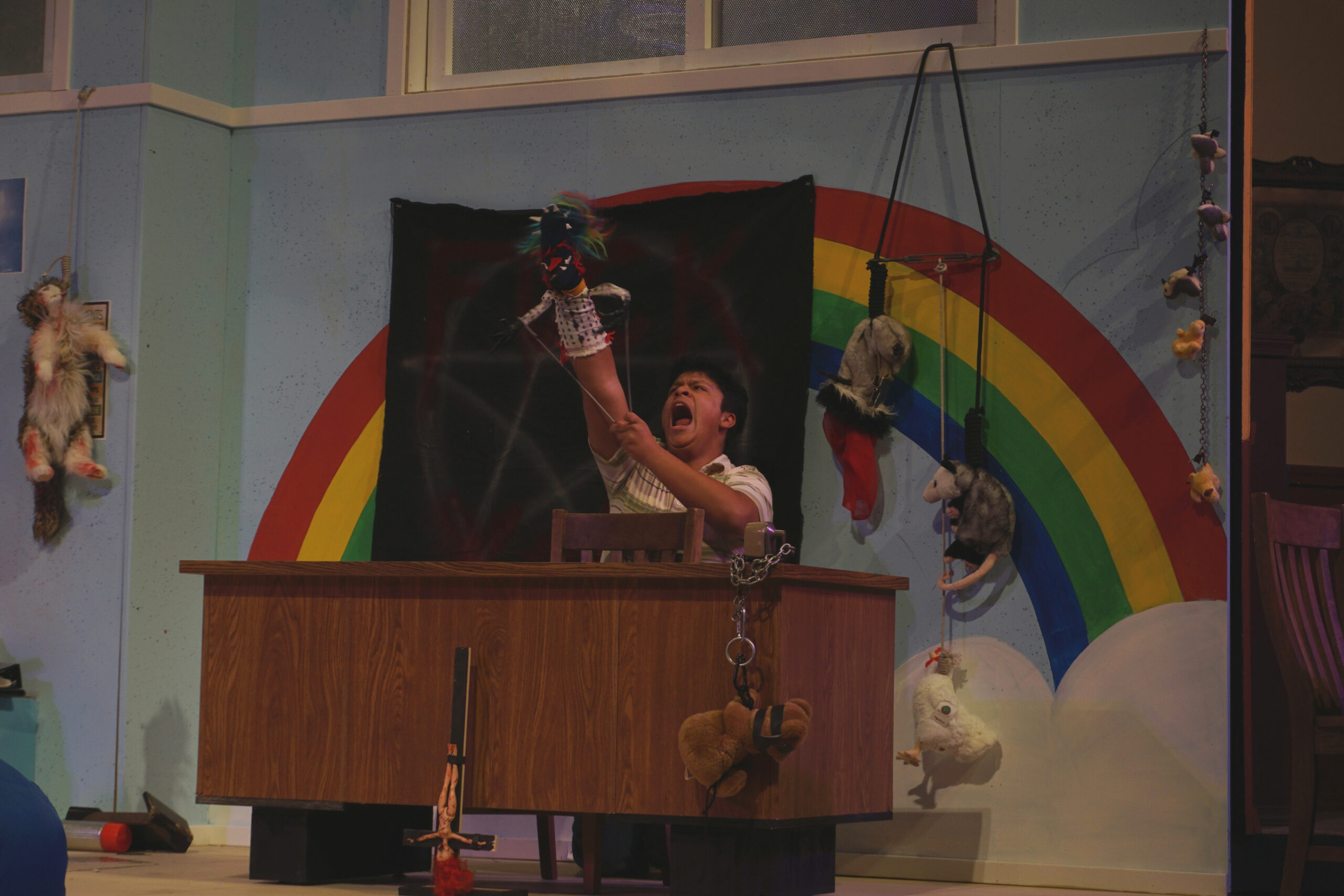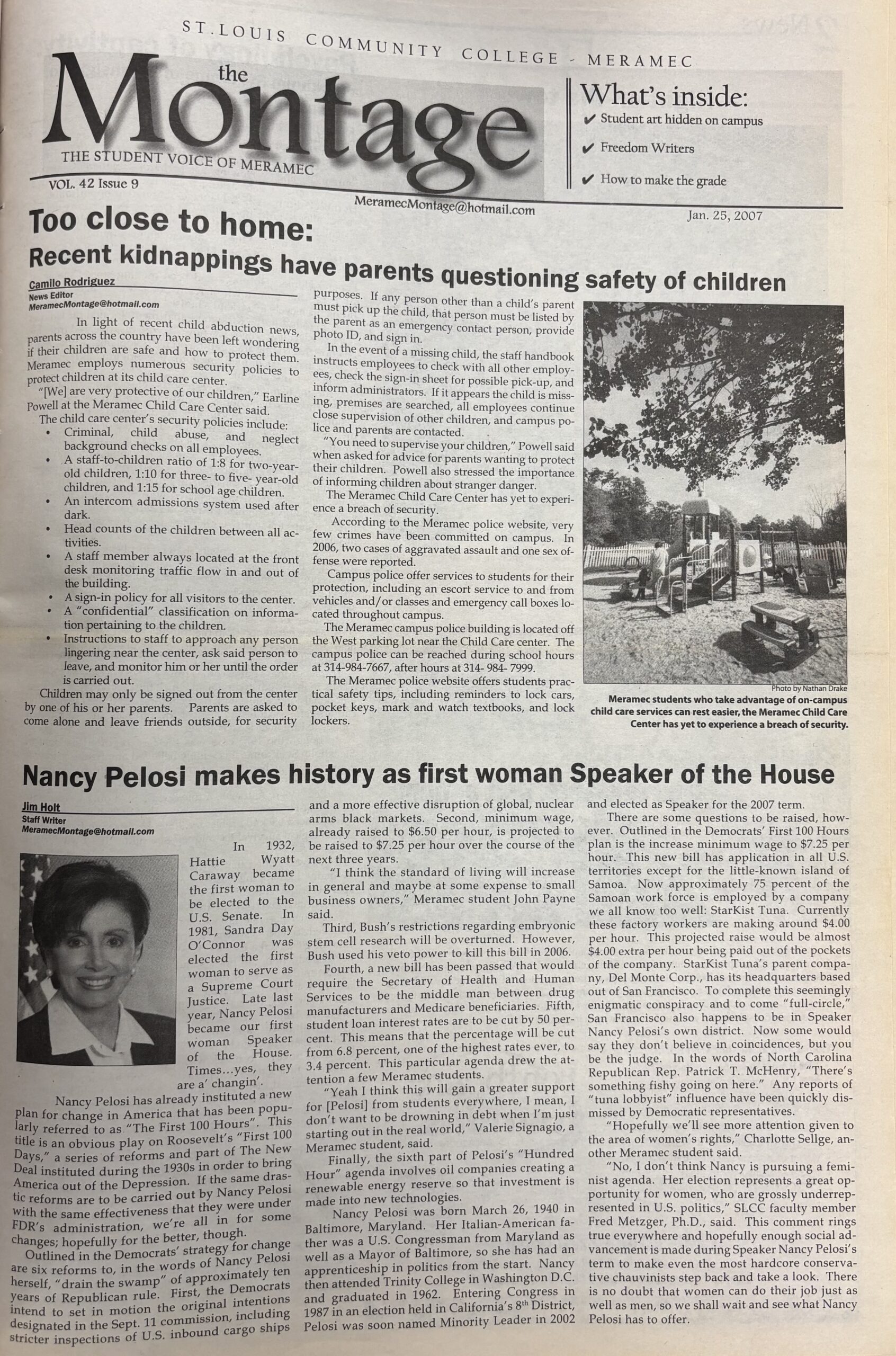Figure models reveal the naked truth about baring all in class
 By: KATIE HAYES
By: KATIE HAYES
Online/Copy Editor
The walls of Humanities East are lined with countless sketches of naked figures. The exact drawings change, but images of the human body continue to line the second floor hall. These drawings are created in Figure Drawing I, II and III — all required classes for an associate in fine arts from STLCC.
Often times though, students know little about the person they spend hours sketching. They see what is considered one of the most intimate things in American culture — the human body — but the manner is entirely professional.
“Nudity does not equal sex,” Meramec figure model Bruce Williams said. “It teaches good artists possibilities.”
There is nothing like drawing from a real human being, Williams said.
“When you’re dealing with real humans, it’s different,” Williams said. “And nude humans are totally different from clothed humans in that all clothing is drapery on top of what’s underneath it. So you get an idea of what’s there and what you can build onto it.”
While seeing a naked human shocks some, the journey from aspiring artist to professional does not allow conservative propriety to inhibit mastering the craft.
“I think it’s a little bit of a shock in the beginning because people aren’t used to drawing nude figures, but that quickly goes away,” said Adjunct Professor Nate Gaefcke who teaches Figure Drawing. “You quickly forget that the model’s nude because you have to worry about proportion and gesture and all this other kind of stuff.”
Gaefcke, who was taught primarily figure drawing in New York, brings the same discipline he learned to his classroom.
“When a model’s posing, you know, you’re not talking, you’re working at your easel,” Gaefcke said. “We’re very lucky that our models are experienced so they’re very comfortable with being nude and for them it’s no big deal. I think with that comfort that they have, then I think that the students realize it’s no big deal either.”
Although models are unable to view the students’ work while they pose, they look after stepping off the stand.
“It’s interesting to see the different levels in different classes,” figure model Toby Holmes said. “Sometimes you get the same people in the next semester and you actually get to see people improving throughout and it’s kind of cool.”
Although the models do not create the drawings, they are still part of the final product and therefore, a piece of the art.
“It’s hard when they throw [drawings] away or when they tear up their sculptures,” Williams said. “I’ve told them that if they’ve got drawings, I’d love to have them.”
The models make their own schedules and — while the professor decides if the model sits, stands or reclines — the models select their own poses. Most models take a break after holding a 20 minute pose.
“We’ve lost a lot of models to people who have to have a regular nine to five job to make enough money to live on,” Williams said. “You have to work in a whole lot of different gigs like I do, or try to, or you get a different job.”
According to Williams, a four model rotation is ideal, but an eight model rotation is even better. The goal is to give the students as much as possible to draw from.
Williams and Holmes are two of five models currently employed by Meramec.
While Holmes had her debut as a figure model only three years ago, most models employed by the college have roughly 25 years of experience.
You have to have a little bit of courage to start out as a model and be nude in front of strangers, Williams said.
“I’ve been in situations where there are newer figure models who, for one reason or another, they have certain hang-ups about being nude in front of other people and it kind of made the entire classroom a bit uncomfortable,” Gaefcke said.
Although Holmes is new as a figure model, relative to the others, she showed no signs of apprehension.
“[The worst part is] having to clean the charcoal out of the shower from my feet when I forget to bring my flip flops,” Holmes said. “There’s nothing negative about the job unless you’re like extremely paranoid about what you look like or something.”
Both Williams and Holmes received their bachelor of journalism from the University of Missouri-Columbia.
Williams worked as a sports writer, sports editor and copy editor at various newspapers in NM and TX. Holmes currently owns her own business making masks and plush animals which are sold at festivals and on Etsy.
“The modeling is really more to help income while I’m building up the business,” Holmes said.
Williams began his St. Louis modeling career in 1998, although he previously modeled for art classes at St. Edwards University in Austin, TX.
“I feel like I’m contributing to the artists, give them a different kind of human being to draw and to work on their practicing so they can bring it over later on to sell or for their own fun,” Williams said. “They get an idea of what the human body looks like or one possibility.”
Although commercial modeling traditionally promotes an ideal body type, figure modeling doesn’t have one.
It makes you a better professional to look at all possibilities and all aspects. If they want to draw hunky men and busty women, fine, but it’s good to get an idea of all the possibilities, Williams said.
“It helps fight against prejudices,thinking that everything hastobeonewayoronlyonething is pretty or handsome,” Williams said. “So you see that even the good-looking models have their flaws — everyone’s human. So it breaks down the barriers of pre-set ideas in people’s minds.”











